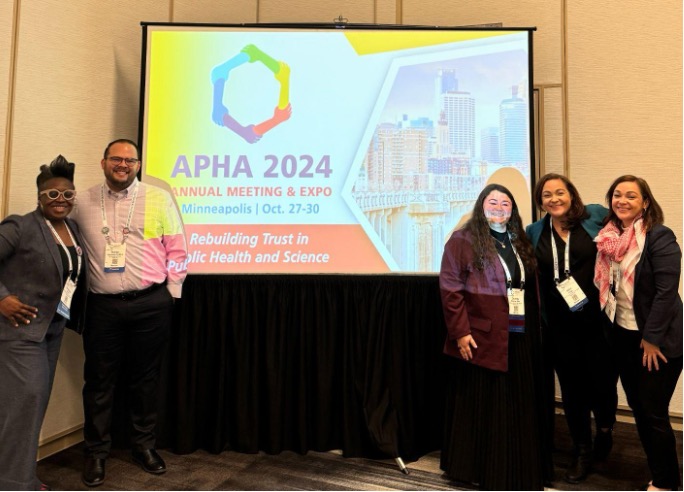
The Fires
On August 8, 2023, historic wildfires devastated the island of Maui, Hawaii. Sparked by dry conditions, strong winds and aging infrastructure, the fires spread rapidly, leaving residents with little time to escape. The flames devastated homes, businesses, cultural landmarks, and infrastructure, claiming at least 115 lives and leaving many more unaccounted for. Thousands were displaced, facing immense loss and trauma as the island grappled with the scale of the disaster. The town of Lāhainā and the surrounding area was the most severely impacted by the fires.
Arts-Based Healing
In the aftermath, immediate and diverse needs emerged among displaced families. The devastation necessitated innovative interventions to address the psychological and emotional toll of the disaster. Recognizing the healing potential of the arts, the Maui Arts and Cultural Center, in partnership with the Hawaii State Department of Health, and other partners, initiated novel arts-based programming for displaced families. Between August 2023 and May 2024, over 40 teaching artists offered daily activities such as hula, ukulele, poetry, yoga, and visual arts. These culturally responsive, trauma-informed programs provided comfort and connection for 2,397 adults and 2,366 children.
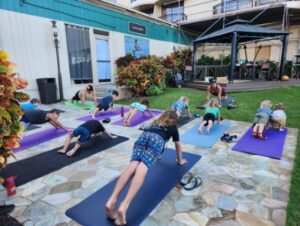
(Teaching artists and families impacted by the fire participating in yoga outside of Royal Lāhainā Hotel)
Evaluation and Sharing
Teaching artists completed daily surveys to highlight successes and offer suggestions for program evaluation. To gain deeper insights into the needs and responses, we conducted a retrospective qualitative analysis to identify themes in the feedback. Our findings were shared on October 29, 2024, at the American Public Health Association (APHA) Annual Meeting by the Archive for Health, Arts & Spirit (AHAS) team. Our session, "Integrating Arts-Based Experiences for Disaster Relief: A Collaborative Approach in Lāhainā, Maui," focused on how arts-based programs have played a crucial role in supporting healing and recovery following the devastating 2023 Maui fires. The presentation highlighted work co-created by the Maui Arts Education Network, a collaborative initiative with Performing Arts Readiness (PAR) and the National Coalition for Arts' Preparedness and Resilience (NCAPER).
Lessons Learned
Reflections from teaching artists revealed three key themes:
The Power of Emotional Healing: The arts provided a space for grief processing and resilience. One participant shared, “Hula is healing,” and another said, “Aloha is healing.” Arts-based activities have been shown to support emotional wellness (Tabor et al., 2021).
Creative Expression as Relief: Activities like clay molding and hula dancing offered joy and relaxation. As one participant noted, “The calm approach allows both children and adults to relax and play.” Creative tools addressed physical and emotional needs (Mutch & Latai, 2019).
Collaboration is Key: Partnerships with organizations like the Red Cross and local communities were crucial. An emergency worker said, “You filled my cup.” Trauma-informed arts strengthened community bonds and a sense of ʻohana (Burkhart et al., 2023).
Using the Hawaiian concept of Lōkahi, we framed the program's impact, emphasizing balance, harmony, and interconnectedness. Incorporating Indigenous knowledge, language, and cultural practices connected participants to ancestral wisdom, reinforcing healing and shared purpose (Ali et al., 2021).
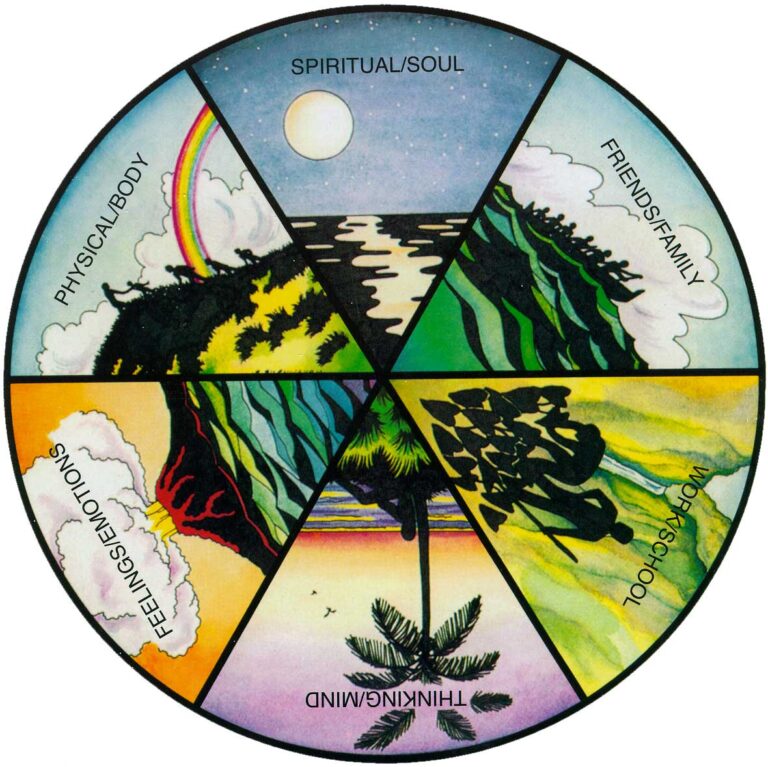
(Photo of the Lokahi Wheel, developed by the Kamehameha Schools՚ Safe and Drug Free Program)
Honoring History and Complexity
It is important to note, the fires in Lāhainā were not just natural disasters but part of a longer history shaped by settler colonialism. Over the past century, industries like pineapple farming, tourism, and housing developments have disrupted ecosystems and sacred spaces like Mokuhinia and Moku‘ula, creating conditions for catastrophe. Hawai‘i’s unique cultural diversity—rooted in Indigenous Hawaiian traditions and shaped by waves of immigration—offers both challenges and strengths in addressing these crises.
Roots of Resilience
At the APHA Annual Meeting, we reflected on the Great Minneapolis Fire of 1893, which destroyed 23 city blocks, including the homes of Moira and Anna Pirsch's Irish ancestors. Like the fires in Lāhainā, both disasters highlight the consequences of human decisions, systemic vulnerabilities, and the need for better stewardship of the land. Our work, rooted in shared kuleana (responsibility) to the land and community, seeks to build multicultural coalitions to address the lasting impacts of settler colonialism, ensuring future generations can thrive.
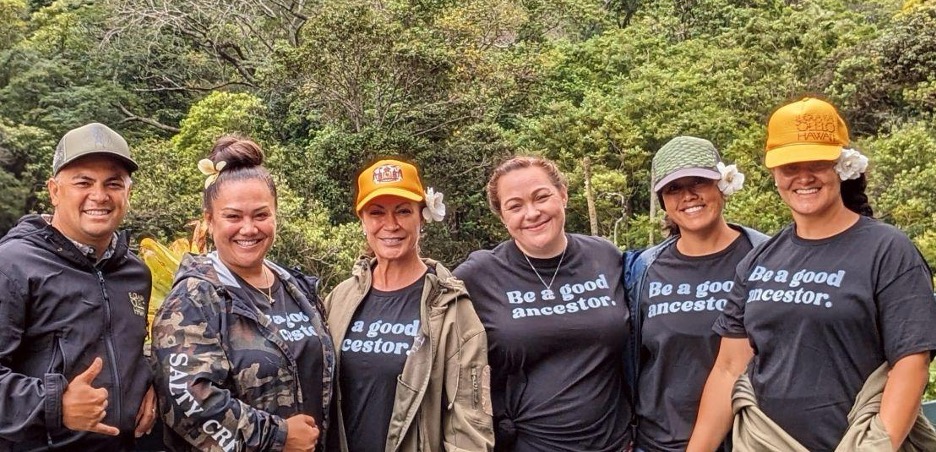
(Photo of Arts Education Leaders in Maui, Hawai‘i)
Moving Forward
The work in Lāhainā highlights the importance of culturally grounded, community-driven approaches to disaster recovery. Arts-based programs have proven to be a powerful tool for healing and connection, providing a model that other communities can adapt. As we consider disaster recovery, we recommend enhancing community-based strategies that align research with community-driven practices, prioritize culturally responsive engagements, and integrate Indigenous and local knowledge into recovery efforts. In sharing these recommendations, we honor the stories of those impacted—whether counted, uncounted, or still in the process of rebuilding their homes and communities. We are grateful for the opportunity to share this work, uplift the voices of those affected by the 2023 fires, and invite you to join us in building a future rooted in care, creativity, and collaboration.
Mahalo nui loa.
Author note:
This reflection shares highlights from our journey as a team—Moira Pirsch, Anna Pirsch, Hōkū Pavao, Kalikolehuanani Kaauamo, and Erin Brothers—and the lessons we’ve learned along the way.
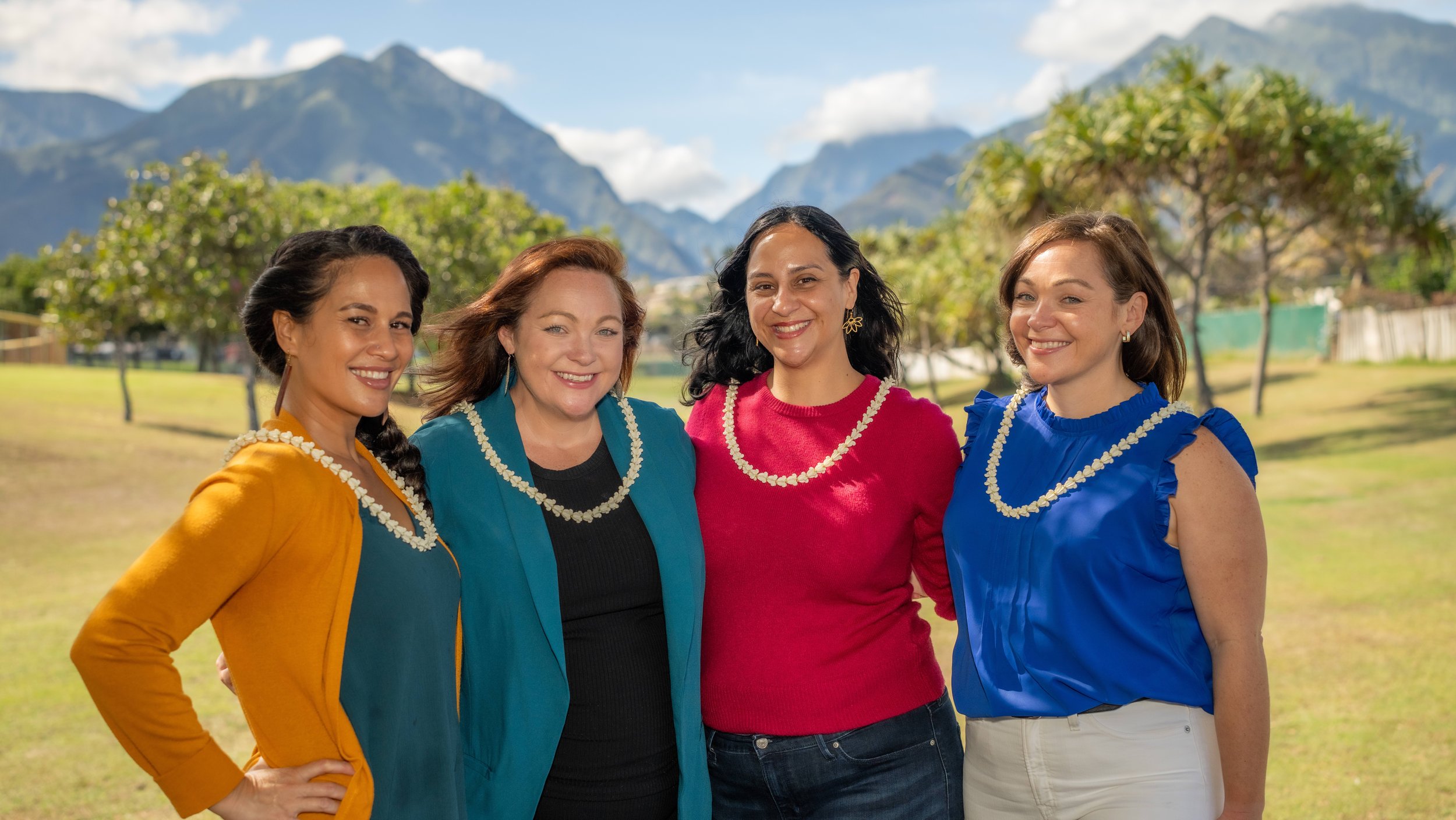
(Photo of the Leadership Team of AHAS: Archive of Arts, Health, Spirit, Hōkū Pavao, Moira Pirsch, Erin Brothers, Anna Pirsch)
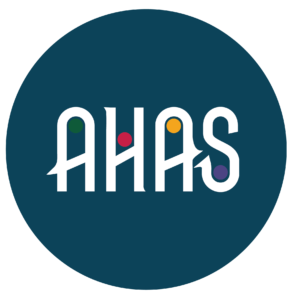
Copy of the Slideshow presented here
Resources:
Regev, D., Snir, S., Roginsky, E., & Sivan, T. (2024). Arts Therapy in the Education System at a Time of a National Disaster. Art Therapy, 1–8.https://doi.org/10.1080/07421656.2024.2370704
Baumann, S. E., Merante, M. M., Sylvain-Holmgren, M.-A., & Burke, J. G. (2021). Exploring Community Art and Its Role in Promoting Health, Social Cohesion, and Community Resilience in the Aftermath of the 2015 Nepal Earthquake. Health Promotion Practice, 22(1_suppl), 111S-121S. https://doi.org/10.1177/1524839921996083
Braun, V., & Clarke, V. (2006). Using thematic analysis in psychology. Qualitative Research in Psychology, 3(2), 77–101. https://doi.org/10.1191/1478088706qp063oa
Burkhart, K., Agarwal, N., Kim, S., Neudecker, M., & Ievers-Landis, C. E. (2023). A scoping review of trauma-informed pediatric interventions in response to natural and biologic disasters. Children, 10(6), 1017.
Martin, T. K. K., & Godinet, M. (2018). Using the Lōkahi Wheel: A culturally sensitive approach to engage Native Hawaiians in child welfare services. Hawaii Pacific University and University of Hawaiʻi at Mānoa.
Mutch, C., & Latai, L. (2019). Creativity beyond the formal curriculum: Arts-based interventions in post-disaster trauma settings. Pastoral Care in Education, 37(3), 230-256.
Paglinawan, L., Paglinawan, R. L., Kauahi, D., & Kanuha, V. K. (2019). Nānā i ke kumu: Helu ʻekolu (Look to the source: Volume three). Liliʻuokalani Trust.
Farrant, D. N., Trauernicht, C., Kagawa-Viviani, A., Giambelluca, T. W., & D’Antonio, C. M. (2024). On the anniversary of the Maui fires, a call for Indigenous land care to mitigate future disasters. Proceedings of the National Academy of Sciences, 121(39), e2401045121.https://doi.org/10.1073/pnas.2401045121
Stanhope, M., & Lancaster, J. (2020). Public health nursing: population-centered health care in the community (10th commemorative edition). St. Louis, Missouri: Elsevier.
